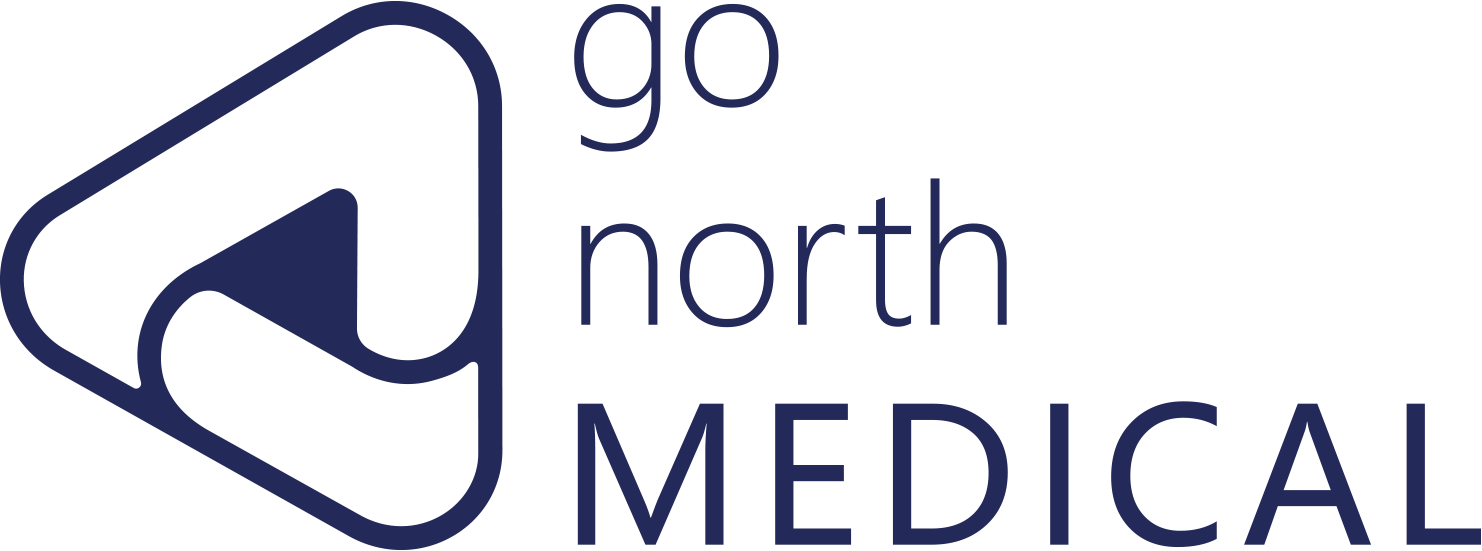Evaluating vagus nerve stimulation treatment with heart rate monitoring in pediatric patients with intractable epilepsy
Santhumayor B, Karkare S, Kothare S, Rodgers S.
Epileptic Disord. 2022 Oct 1;24(5):1-12.
doi: 10.1684/epd.2022.1467.
The newest vagus nerve stimulation (#VNS) devices with “auto-stimulation” feature, AspireSR™ Model 106 and SenTiva™ Model 1000 (VNS Therapy™, LivaNova™), enable automatic stimulation of vagus nerve triggered by an ictal tachycardia of epilepsy patients. This study by Santhumayor et al. (Mar. 2022) followed 55 pediatric and young patients with drug-resistant epilepsy (#DRE) who underwent VNS Therapy at a single level four epilepsy center, and found out the patients with auto-stimulation VNS had a higher mean #seizure reduction compared to the patients with traditional VNS at 12 months post-VNS treatment (56.0% vs 41.6%).
The study provided clinial safety and effectiveness evidence for the auto-stimulation VNS devices in young patients. Longer follow-up studies are needed to examine the increasing effects of the auto-stimulation VNS in the future.

